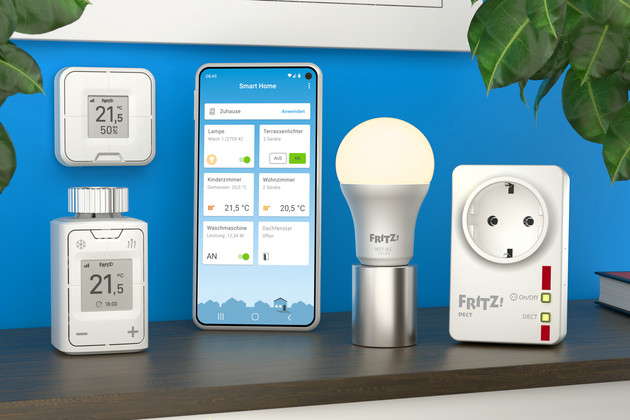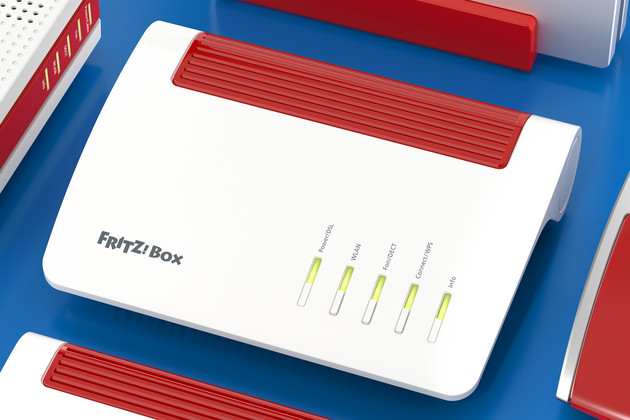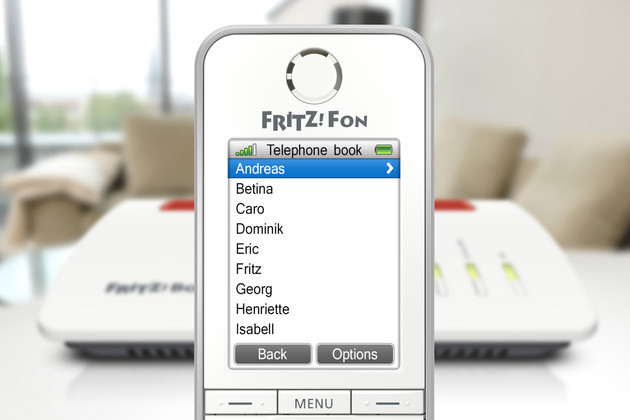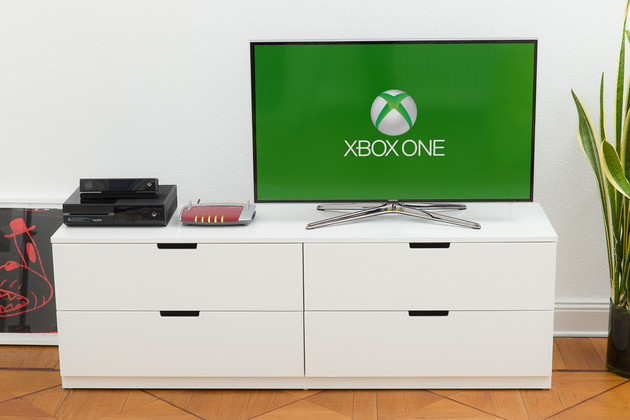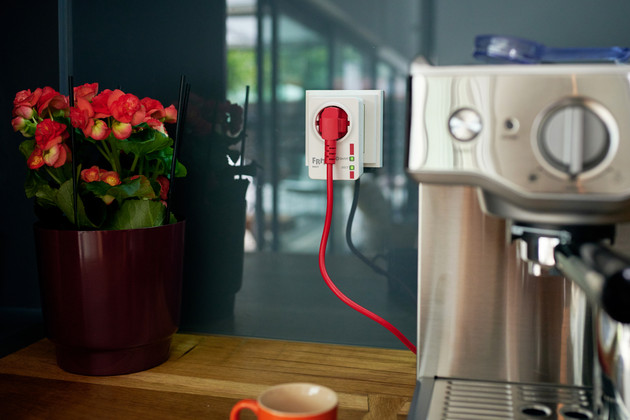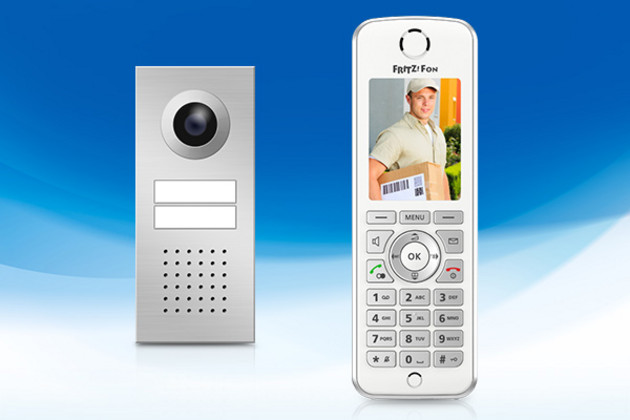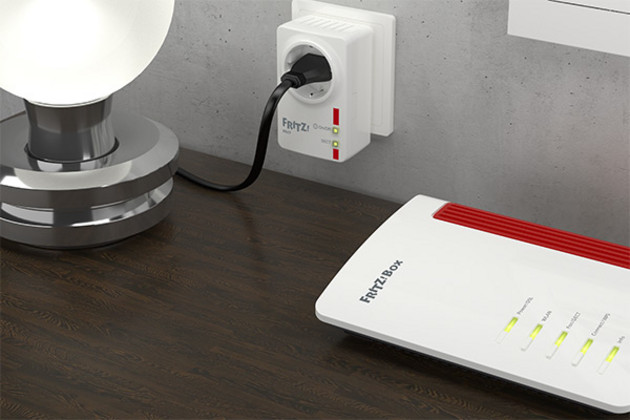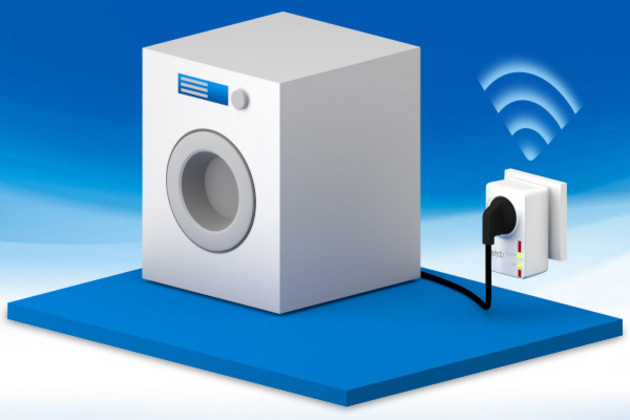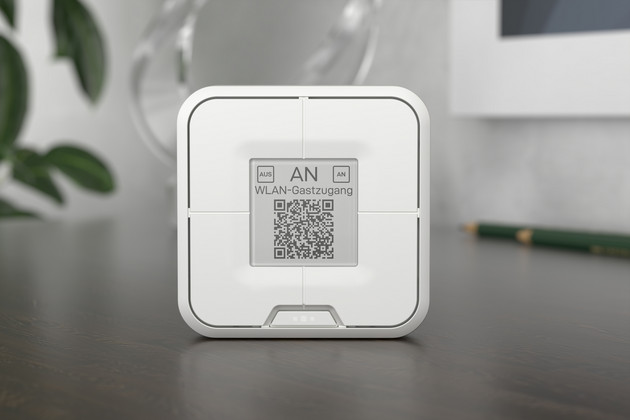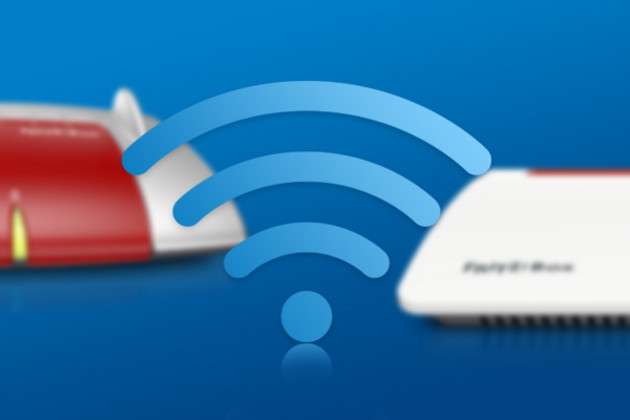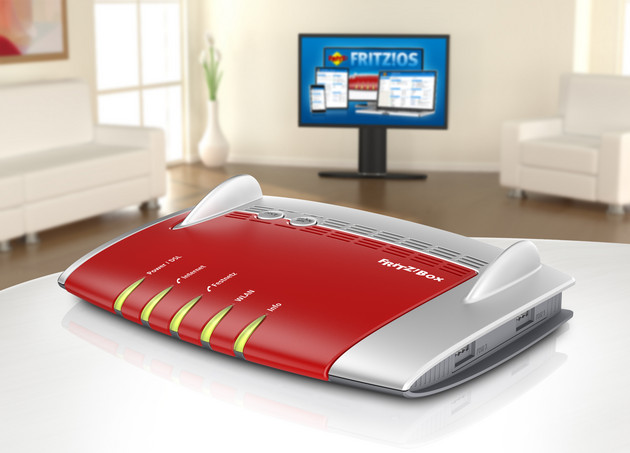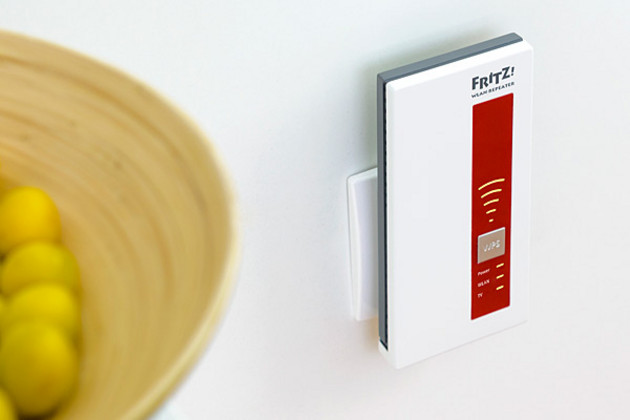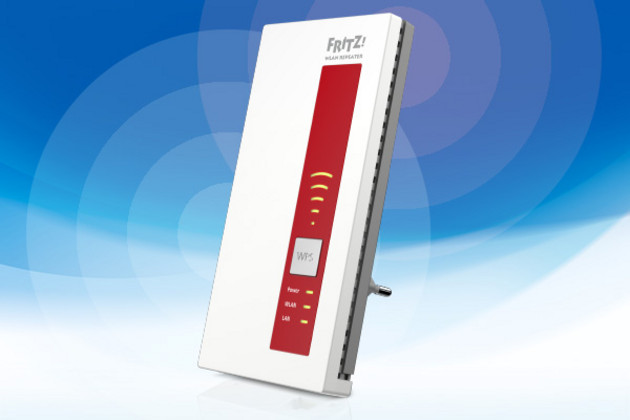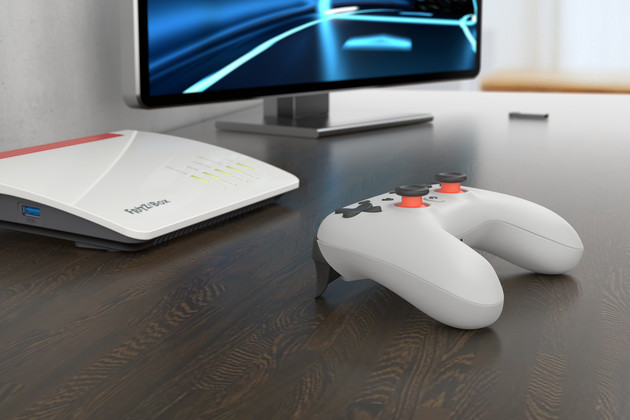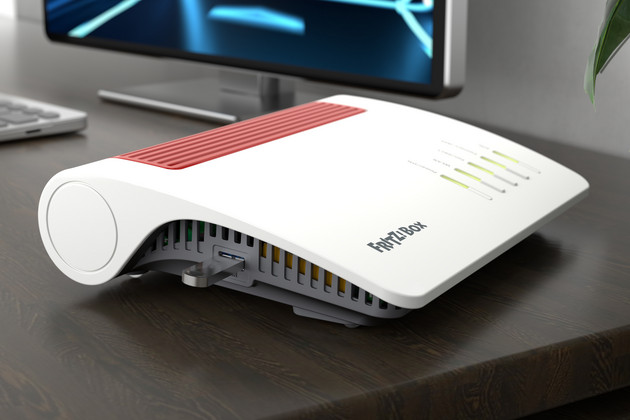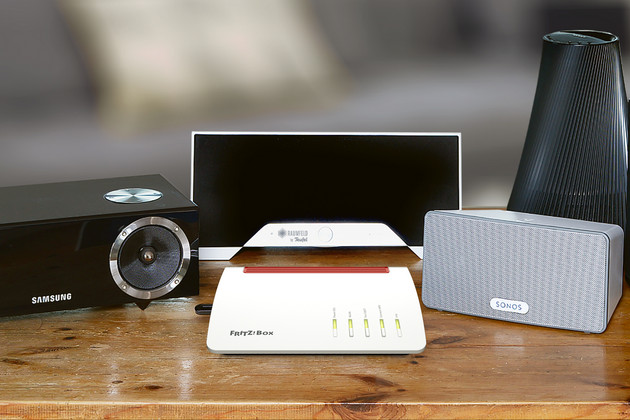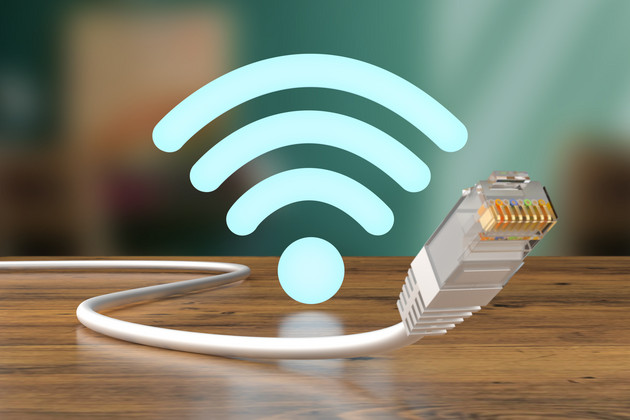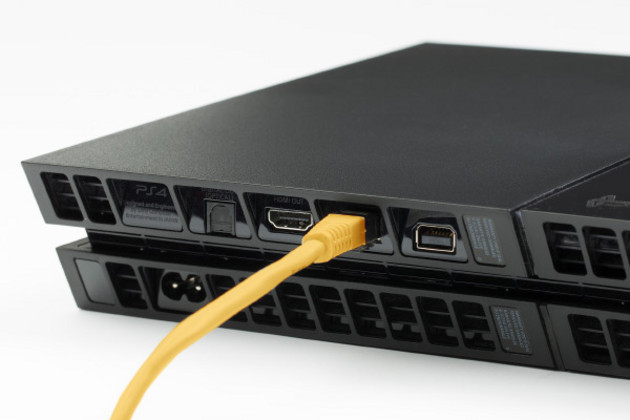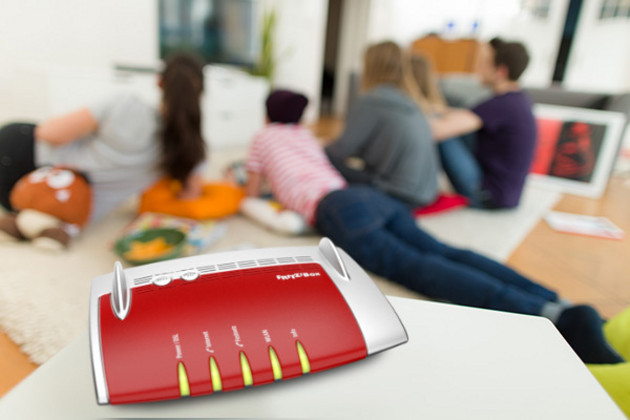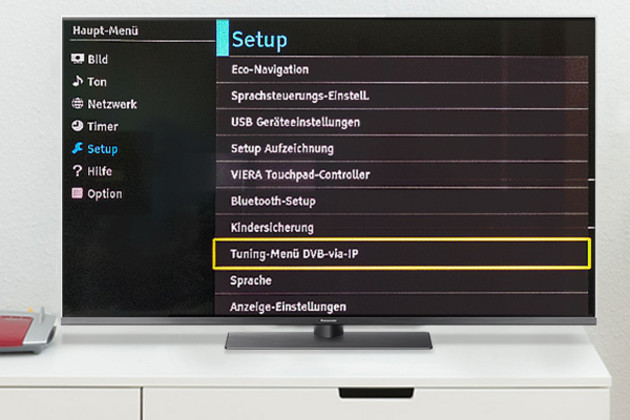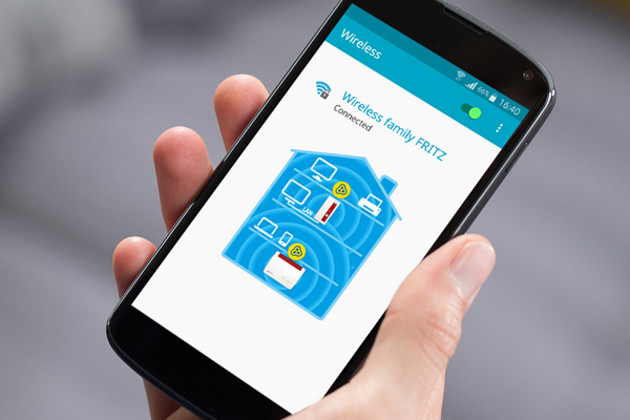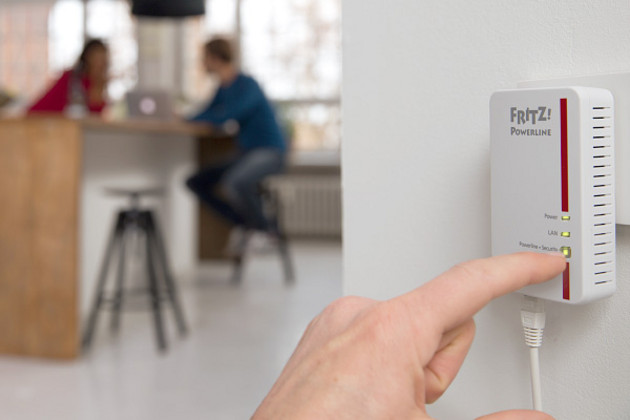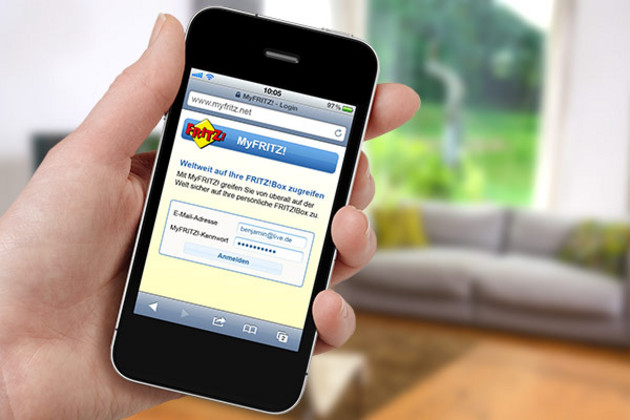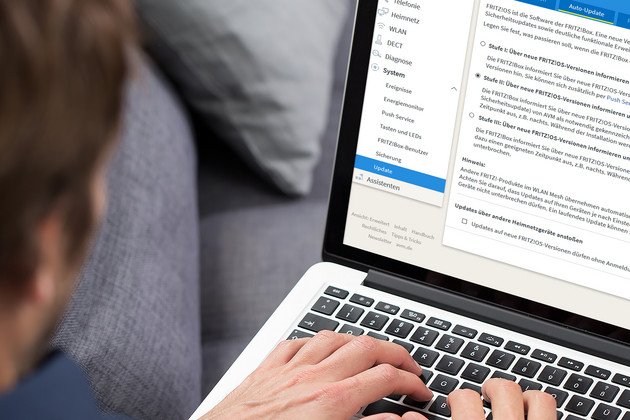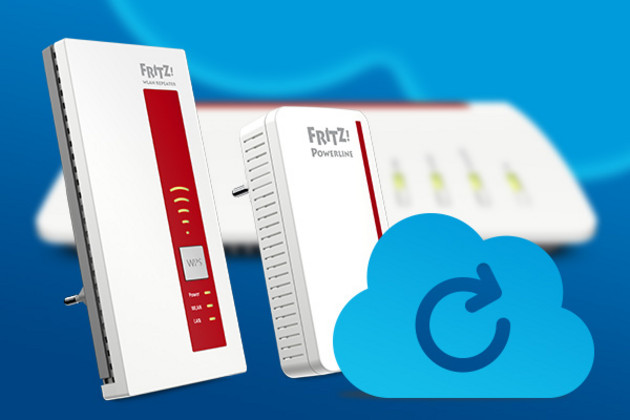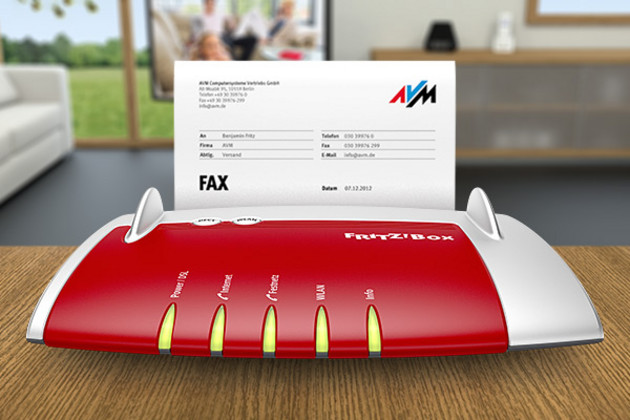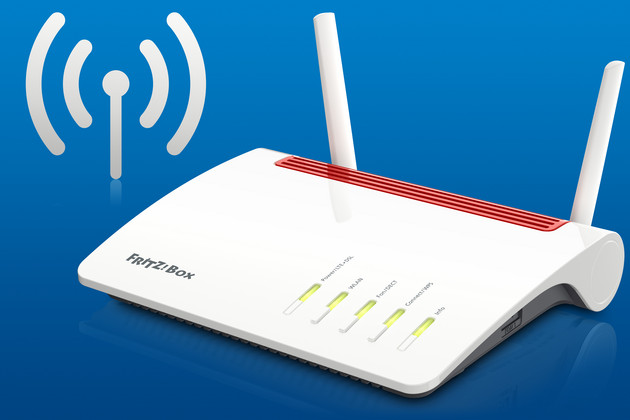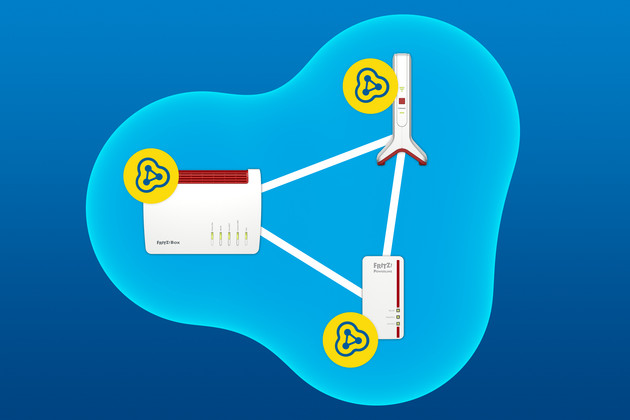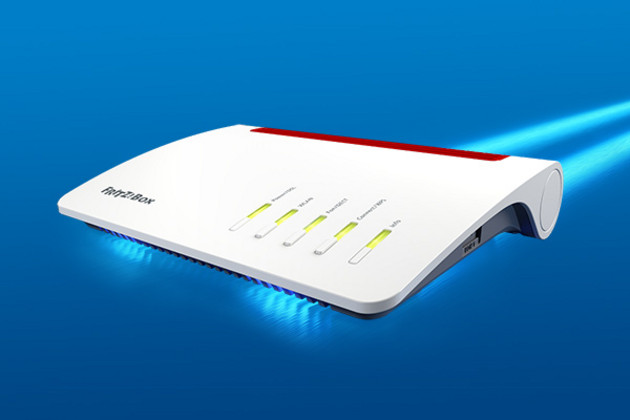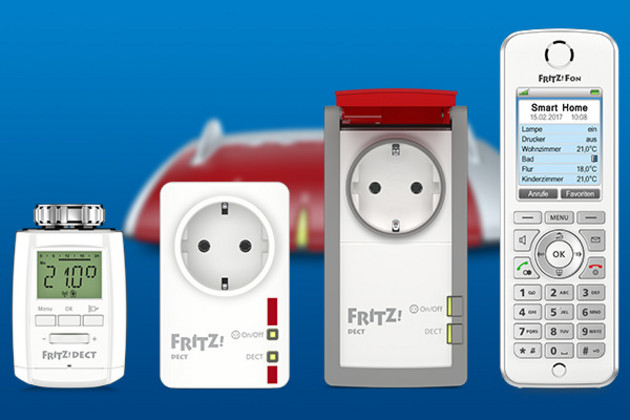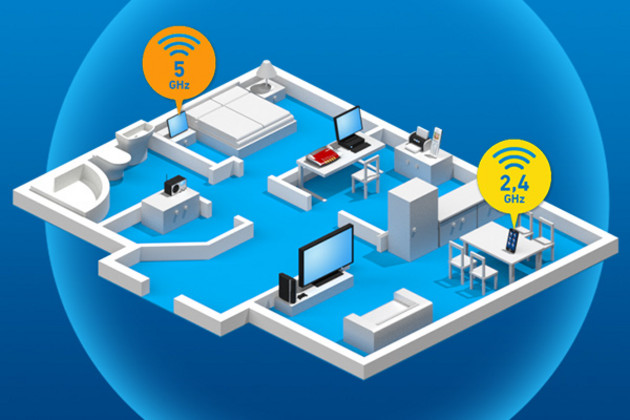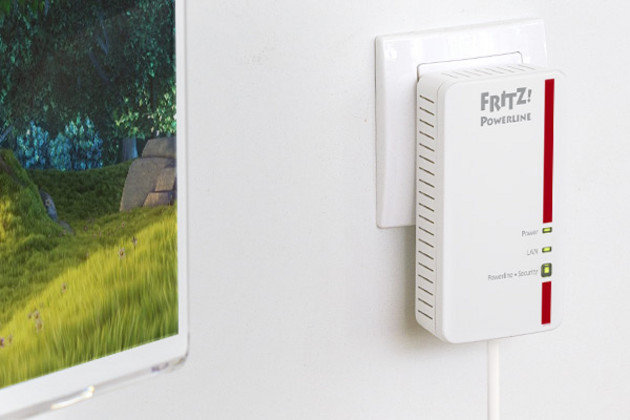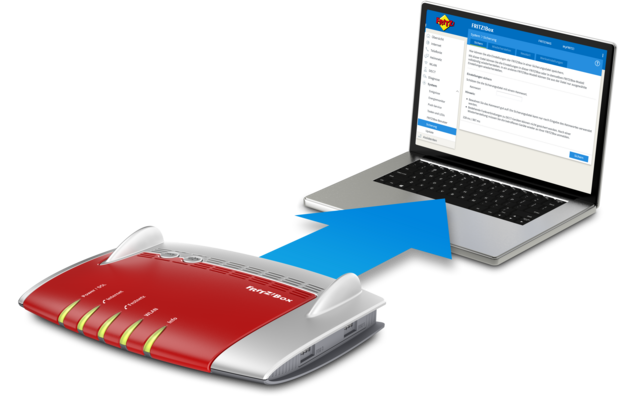Wi-Fi from A-Z: Terms and abbreviations explained
AVM Content
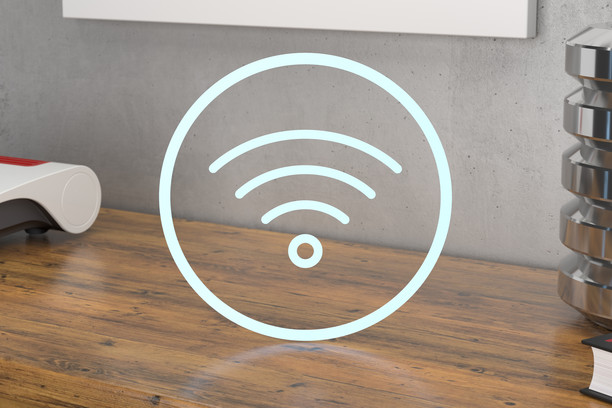
Wi-Fi 7 or Wi-Fi 6? WPA3, PMF or VHT160? When reading up on the subject of Wi-Fi, it's not always immediately clear what many of the designations, which are often abbreviated, stand for.
This short glossary will help you to get to know the most important abbreviations.
General terms and abbreviations
|
WLAN |
WLAN stands for "Wireless Local Area Network". It's the wireless alternative to a local area network (LAN), which uses cables. |
|
Wi-Fi |
"Wi-Fi" has become established as a term for WLAN in many parts of the world. The term was invented as a catchy play on words, inspired by Hi-Fi (High Fidelity). |
|
SSID |
The SSID (Service Set Identifier) is a freely selectable name for your Wi-Fi network. In the factory settings of a FRITZ!Box 7590, for example, it's "FRITZ!Box 7590 FM" – this is the name under which your end devices such as smartphones or laptops can find the Wi-Fi network. The SSID can be changed at any time via the FRITZ!Box user interface. |
|
MAC |
All network devices have a globally unique MAC (Media Access Control address) address with which it can be identified by other devices in the network. This is useful for Mesh steering or for targeted allowing or blocking (wireless) network devices in the home network. |
|
Wi-Fi repeater |
The Wi-Fi signal of a wireless access point does not always extend far – depending on the surroundings or layout, the Wi-Fi signal is too weak in some parts of the home. Wireless repeaters such as FRITZ!Repeater provide a solution, bringing Wi-Fi to wherever it's needed. |
|
Mesh |
Mesh is the term used to describe Wi-Fi environments in which several wireless components – for example FRITZ!Box and FRITZ!Repeater – are responsible for better Wi-Fi coverage in the area. In Mesh mode, FRITZ! devices such as FRITZ!Repeater and FRITZ!Powerline use shared settings. In addition, Wi-Fi clients such as smartphones can be steered to the most powerful Wi-Fi network – for maximum internet fun. |
Wi-Fi standards
The first wireless standard was released in 1997 and could transmit data at 1 to 2 Mbit/s. A lot has changed since then, with Wi-Fi 6 and Wi-Fi 7 able to reach gigabit speeds. You can find the most important information about the wireless standards and who is developing them here.
|
IEEE |
The Institute of Electrical and Electronics Engineers (IEEE, pronounced I triple-E) defines a number of technical standards, including IEEE 802.3 (Ethernet/LAN) and IEEE 802.11 (Wi-Fi/wireless LAN). |
|
802.11 |
The technical specifications for Wi-Fi are defined and maintained by the IEEE. IEEE 802.11 (Wi-Fi) is part of the organization's 802 family of standards, and each amendment is named according to their naming scheme: IEEE 802.11a, 802.11n or 802.11ac. The abbreviation "Wireless AC" has become commonplace in some parts of the world. |
|
WFA |
The mission of the Wi-Fi Alliance (WFA) is to drive Wi-Fi adoption and evolution around the world. It's a network of companies and organizations interested in bringing everyone Wi-Fi. Among other things, the WFA certifies wireless devices that have been tested for interoperability. |
|
Wireless b, g, a |
These three older wireless standards are not really in demand today, but they helped wireless internet breakthrough in the 2010s. |
|
Wi-Fi 4 |
IEEE 802.11n, Wireless N or Wi-Fi 4? They all mean the same thing: The wireless standard from 2009 remains the backbone of Wi-Fi in the 2.4 GHz frequency band. |
|
Wi-Fi 5 |
Dating from 2013, Wi-Fi 5 (IEEE 802.11ac) ensures high Wi-Fi speeds in the 5-GHz range. The standard has been retroactively labeled as Wi-Fi 5. |
|
Wi-Fi 6 |
Wi-Fi 6 (IEEE 802.11ax) is the first wireless standard to use the numbering system in its name. Wi-Fi 6 is the new name for Wireless AX. It has a number of clever tricks up its sleeve to provide multiple devices with fast Wi-Fi Wi-Fi 6 is designed to distribute the available bandwidth in the Wi-Fi network in the most efficient way. Find out more about Wi-Fi 6 in our guide article. |
|
Wi-Fi 6E |
Wi-Fi 6E extends the existing Wi-Fi 6 (802.11ax) standard and enables access to the new 6 GHz band. Wi-Fi 6E takes the efficient features of Wi-Fi 6 and transfers them to the 6 GHz band to provide more contiguous spectrum and less interference. With Wi-Fi 6E, enterprises are able to address new use cases that require multi-gigabit speeds such as high-definition video. |
|
Wi-Fi 7 |
Wi-Fi 7 (IEEE 802.11be) is the latest standard from the Wi-Fi Alliance, which defines new functional features. Wi-Fi 7 builds on Wi-Fi 6E (uses the 6 GHz band) and increases data rates by using 320 MHz channels. It also increases download speeds, responsiveness and reliability. |
Wi-Fi security
There are a number of processes and technologies that ensure security in Wi-Fi networks. We explain the most important here.
|
WPA, WPA2, WPA3 |
Wi-Fi Protected Access II (WPA2) has been securing wireless computer networks since 2004. In contrast to earlier standards, this encryption method uses dynamic cryptographic keys, among other things, for additional protection against attackers. In 2018, the WFA announced the successor WPA3, which, among other things, enforces protection of management frames and offers increased protection against "dictionary attacks". |
|
CCMP |
To connect a device to the Wi-Fi network, not only must the SSID be known, but a network key must also be entered. This serves as the password for access. For current FRITZ! products with Wi-Fi, the WPA mode "WPA2 (CCMP)" is available for the network key in the Wi-Fi Security area. CCMP stands for "Counter-Mode/CBC-MAC Protocol", which uses a combination of different cryptographic algorithms. |
|
PMF |
Protected Management Frames offer additional protection for the Wi-Fi connection during the setup phase. |
|
OWE |
Opportunistic Wireless Encryption (OWE) brings more security to Wi-Fi environments that (want to) do without password protection, for example open hotspots. The Wi-Fi client and base station can use OWE to agree on encryption of the transmitted data. OWE is sometimes referred to as "Wi-Fi Certified Enhanced Open". |
|
WPS |
Wireless devices that support the WPS (Wi-Fi Protected Setup) method can be connected with your FRITZ! product's Wi-Fi network quickly and easily at the touch of a button or by entering a PIN. During this procedure, the encryption settings are securely transmitted from the FRITZ!Box to the wireless device, where they are then stored permanently. |
Special Wi-Fi technologies
Wi-Fi is usually very easy to use: Select the Wi-Fi name from a list, enter the password and off you go. Complex technologies are used in the background to ensure everything works smoothly. They are listed here for orientation.
|
2.4 + 5 GHz + 6 GHz |
Wi-Fi operates in three different frequency ranges, over the 2.4 GHz, 5 GHz and 6 GHz bands. Good to know: Wi-Fi range is longest in the 2.4 GHz spectrum, while you can achieve the highest speeds in the 5 GHz spectrum. The 6 GHz band also offers increased capacity and less interference because it is less congested. This allows users to enjoy improved performance and faster data transfer rates, especially in environments with many devices. |
|
Wi-Fi channel |
The radio frequency ranges for Wi-Fi communications are divided into channels. These are usually 20 MHz wide. For higher speeds, two channels can be used together as one 40 MHz channel. |
|
HE80 |
High-Efficiency 80 means that a channel width of 80 MHz is supported. |
|
VHT160 |
With "Very High Throughput 160" it's possible to use Wi-Fi channels with a channel bandwidth of 160 MHz. VHT160 is available in the 5 GHz frequency band for connections with the newer Wi-Fi 5 and Wi-Fi 6 standards. |
|
MIMO, MU-MIMO |
MIMO stands for "Multiple-input, multiple-output". Devices with MIMO technology have multiple antennas and can therefore transmit and receive several data streams simultaneously. This makes for higher speeds. In single-user operation (sometimes referred to as SU-MIMO), this takes place between a Wi-Fi client and an access point. MU-MIMO (Multi-User MIMO) is an extension of this, allowing multiple Wi-Fi clients to receive multiple data streams at the same time. |
|
OFDMA |
Orthogonal Frequency Division Multiple Access. A long name for a technology with some practical properties. Specifically, it's a method by which Wi-Fi 6, for example, sends data between the WLAN client and the access point. It reduces latency and can deliver data to multiple clients in a single packet. |
|
QAM |
Quadrature amplitude modulation. This is an abbreviation for a data transmission method. It's often preceded by a number (4-QAM, 8-QAM, 16-QAM, etc.). The number indicates how many symbols can be transferred simultaneously. For example: 16-QAM represents 16 symbols and thus transmits 4 bits. |
|
DFS |
In the 5 GHz spectrum in particular, Wi-Fi is not the main user; for example, radar systems for air traffic control have priority. Dynamic Frequency Selection defines how a wireless access point checks the frequency range for priority users – a period of several minutes is allocated for the check. Zero Wait DFS allows the band to be scanned for priority users and the frequency range to be used without having to wait. |
|
MLO |
Multi-Link Operation (MLO) is a core feature of Wi-Fi 7 (IEEE 802.11be), which increases the data throughput and reliability of Wi-Fi connections and reduces delays in transmitting data packets (latency). With MLO, Wi-Fi 7 devices can establish Wi-Fi connections across multiple frequency bands, for example simultaneously via the 2.4 GHz and 5 GHz frequency bands. In addition, they can switch frequency bands without having to re-register with the wireless access point. |



